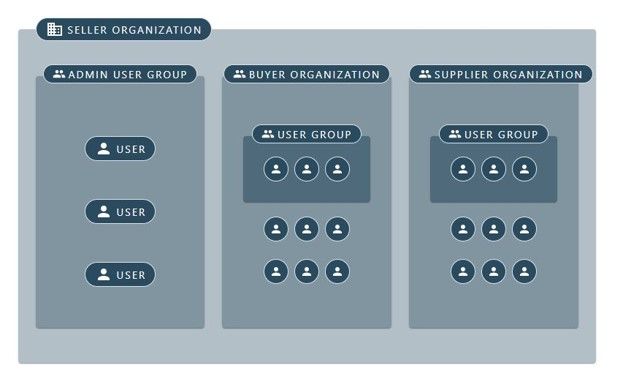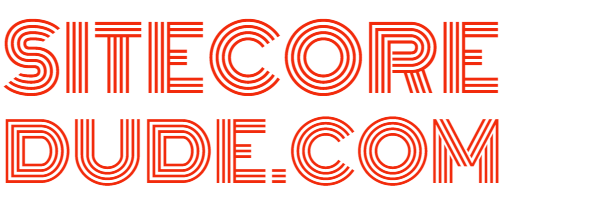OrderCloud Data Model and Key Entities
OrderCloud provides a very flexible data model to support different ecommerce strategies and models based on the business type and complexity. This can range from a simple B2C model to a more complex B2B marketplaces.
At the heart this data model are the following key entities that you need to be aware of. A combination of these allows to build out a fully flexible omnichannel commerce platform.


Sellers
This is the base entity that is setup for the organisation. There is a single seller organisation in OrderCloud. The seller org houses users/user groups, buyers, and suppliers.
Buyers
Buyers are entities to which the seller offers products for sale. This could be an individual customer in a B2C scenario or a business entity in a B2B scenario.
Users
Users can be setup for the administration of the seller organisation as well as be part of buyer and supplier organisations. Users can also be part of a user groups. Users and User Groups allow you to create various permissions to control access, authorisation and visibility of catalogs, pricing etc.
Catalogs
Catalogs house products and product variants. You can have multiple catalogs with different assignment and permissions based on your business requirements.
Suppliers
Suppliers are entities that are used in scenarios where there is an indirect supply chain where purchase orders placed by buyers to the seller are forwarded for fulfilment to different suppliers. This is useful in B2B marketplace models.
This should give you a good idea how much flexibility the data model in OrderCloud provides. In future posts, I'll explore how you can use a combination of these entities to implement multiple ecommerce models such as B2C, B2B, and Retail/Franchise.
References
https://ordercloud.io/discover/define-your-marketplace#building-blocks

